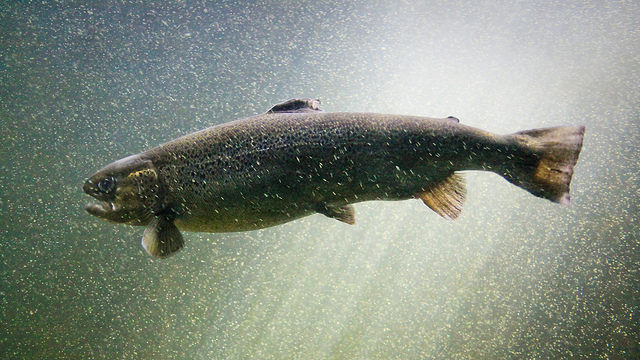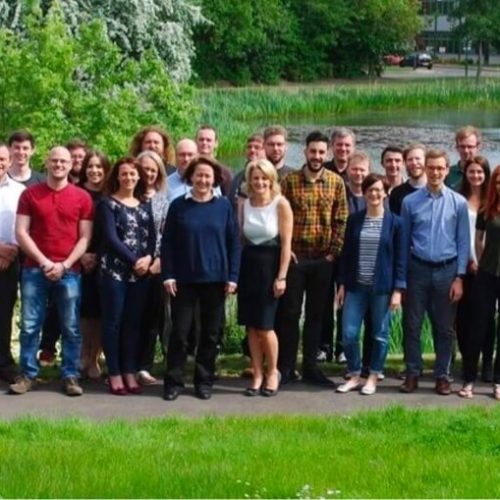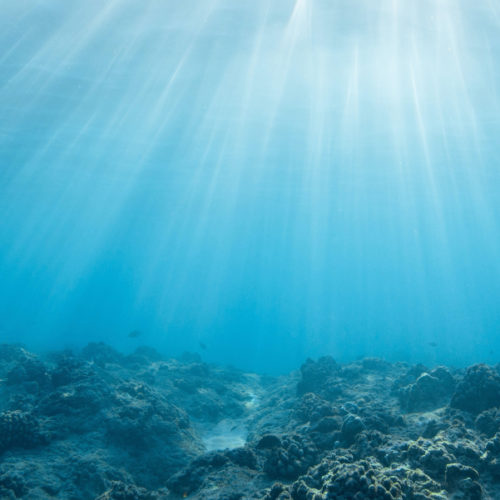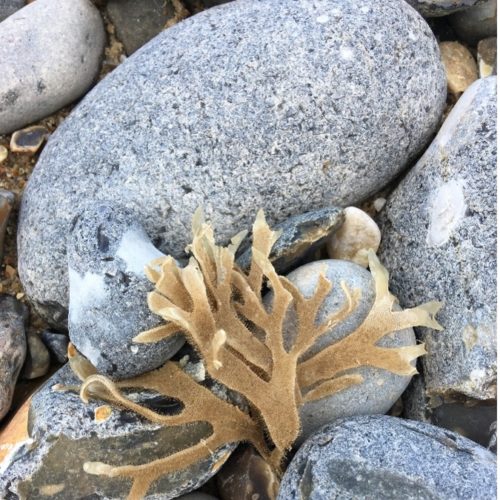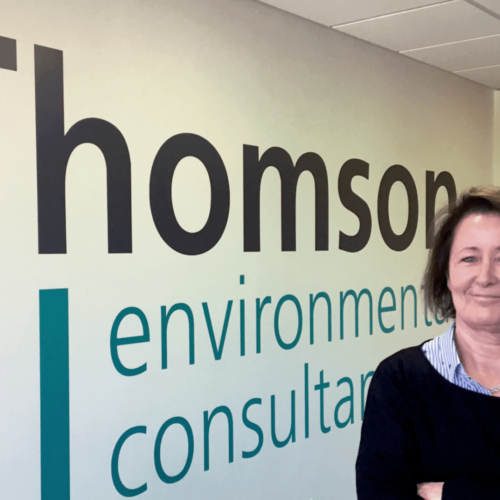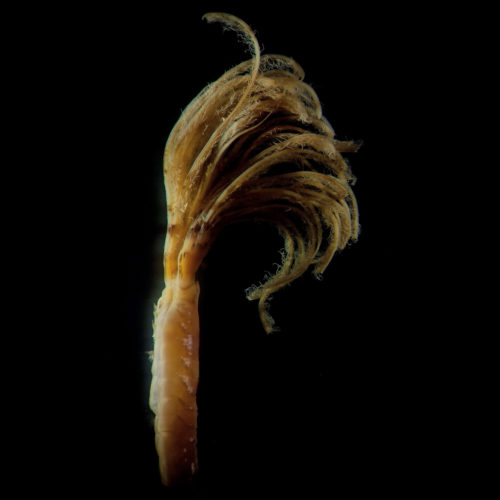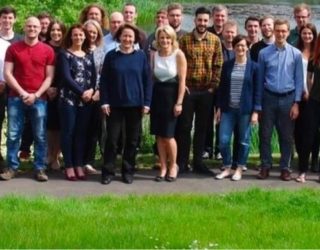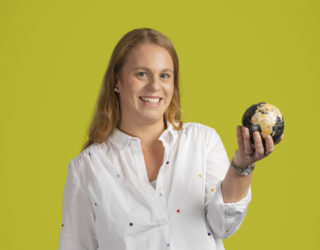This Sunday is World Wildlife Day, which this year sees the first ever focus on life below water: for people and planet. Here at Thomson, we’re reminded of the importance of our environmental role when it comes to providing sound ecological advice to our clients on a range of freshwater and marine projects.
We understand the complex connectivity of species and habitats in the marine and freshwater environment. For example, some species such as the Atlantic salmon (Salmo salar) are ‘anadromous’, starting life in the river, spending some of their life cycle there and some at sea, before migrating back up river to spawn.
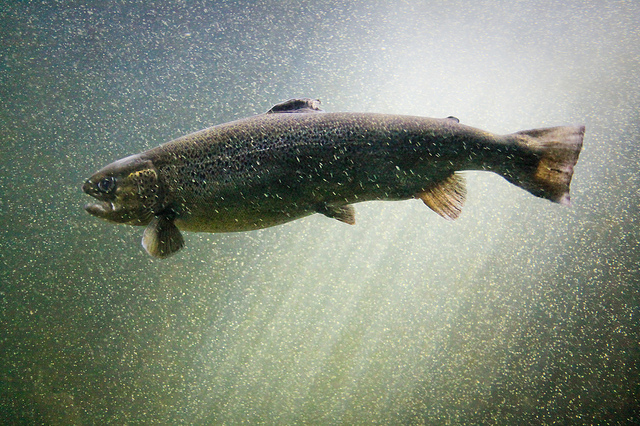
The eel (Anguilla anguilla); a ‘catadromous species’, begins life in the ocean but spends most of their lives in inland freshwater, before migrating back down river to the sea to spawn, somewhere in the Sargasso Sea.
These are just a couple of examples of species that spend their life cycle in both the marine and freshwater environments; there are many more. There are also terrestrial species that rely on aquatic species, like the ones mentioned above, as a food source, such as otter (Lutra lutra) and osprey (Pandion haliaetus.)
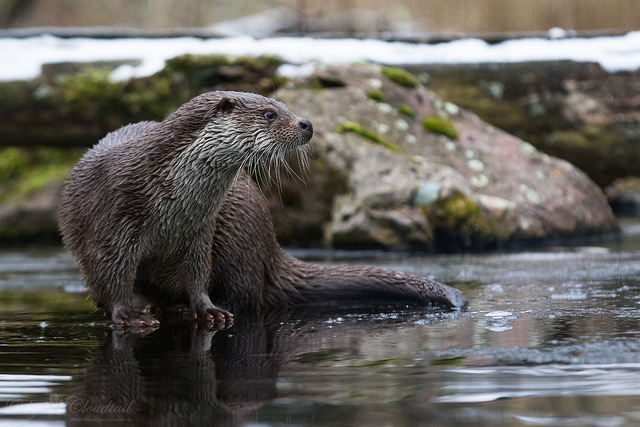
Otter on a frozen lake © Cloudtail the Snow Leopard / flickr
At Thomson, we spend our time on land and in the water. There is no ground or water body too big for us to work in. Our water team is comprised of specialists in both marine and freshwater ecology and we pride ourselves on the fact that we have this expert knowledge in-house, alongside a unique in-house laboratory, and offer a holistic service, covering all aspects of ecology; from marine to freshwater, and terrestrial ecology.
Get in touch
The survey season will be starting shortly after World Wildlife Day. Covering off your aquatic and terrestrial surveys early in the year can save time later and ensure that tight project timescales can be met.
Get in touch with us today so we can talk you through the environmental consultancy needs on your project, supporting you in achieving environmental compliance.
